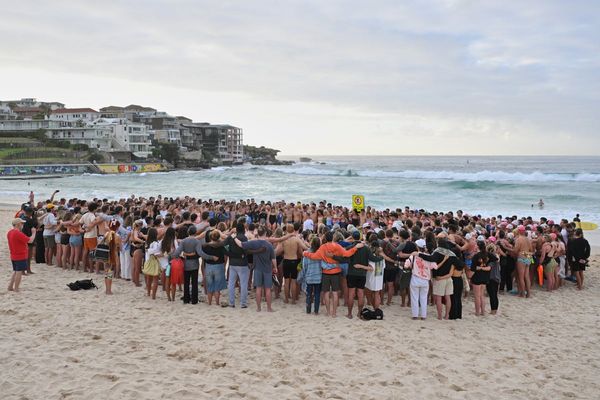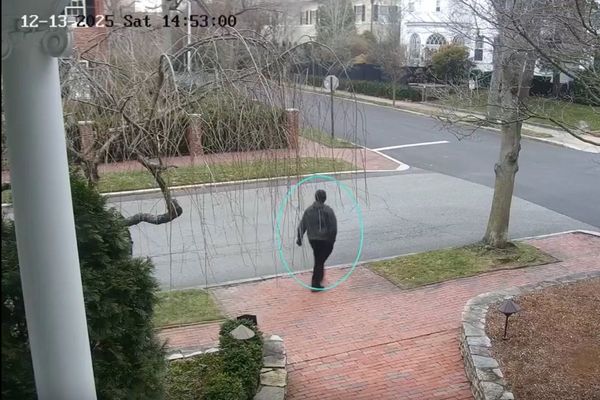
It’s that time of the year when teens are either going to proms or to graduations. And many of us as photographers are being asked to document some of the events. At each of these events, you have the opportunity to get some wonderful photographs, but because they’re special, once-in-a-lifetime moments, akin to wedding photography, you want to take care not just what photos your capture, but also how you shoot them.
Here a few thoughts to keep in mind when shooting prom or graduation photos…
Study your camera gear

When it comes to shooting these types of photography events, it pays to take some time to learn more about your camera and gear. Know how to switch your settings from auto mode to aperture-priority, shutter-priority, or full manual, and other types of settings or modes you’ll want to use that day.
For me, it was helpful, for instance, when I was capturing images of my daughter before the prom and set the camera in aperture-priority mode. That allowed me to open up the aperture to a relatively wide setting in order to create a shallow depth of field and keep the focus on her face, instead of the background.
However, a few years later, when she graduated from college, I made sure I set the camera to aperture-priority mode when she jumped up into the air and tossed her graduation cap into the air. That mode allowed me to freeze the motion and not get any motion blur.

Examine the environment
One of the things that can be a big help when capturing prom or graduation photos is to get a sense of what the setting will be like. For instance, will you be shooting inside or outside? Both? If you can do so ahead of time, see if you can visit the location in person so you can study the setting and the available or natural light, which can help you figure out where you’ll want to capture your images. Take notes while you’re there. It will also help you figure out the gear you’ll need for the event.
For instance, before the day of my son’s graduation, I knew it was going to be held in a rather large, university-size arena, which meant I wanted at least one long telephoto or zoom lens to be able to capture him as he was walking to and from the stage to receive his diploma.

For group portraits, avoid directing your subjects to pose

Years ago, I remember wedding photographer Joe Buissink saying that when he shoots group portraits at weddings, he never sets up the shot or poses anyone. At most, he’ll simply give some general directions on where the group might stand. Instead, Buissink said he lets the subjects of the group portrait congregate, more or less, and he never positions them in a certain order. This is sound advice for shooting prom and graduation group portraits, as well. Why? There are two reasons: First, the resulting images will have a more organic quality to them. But, there's a practical reason you may not want to force people to line up in a certain order: You don’t want to have two people standing next to each other who don’t like each other.







